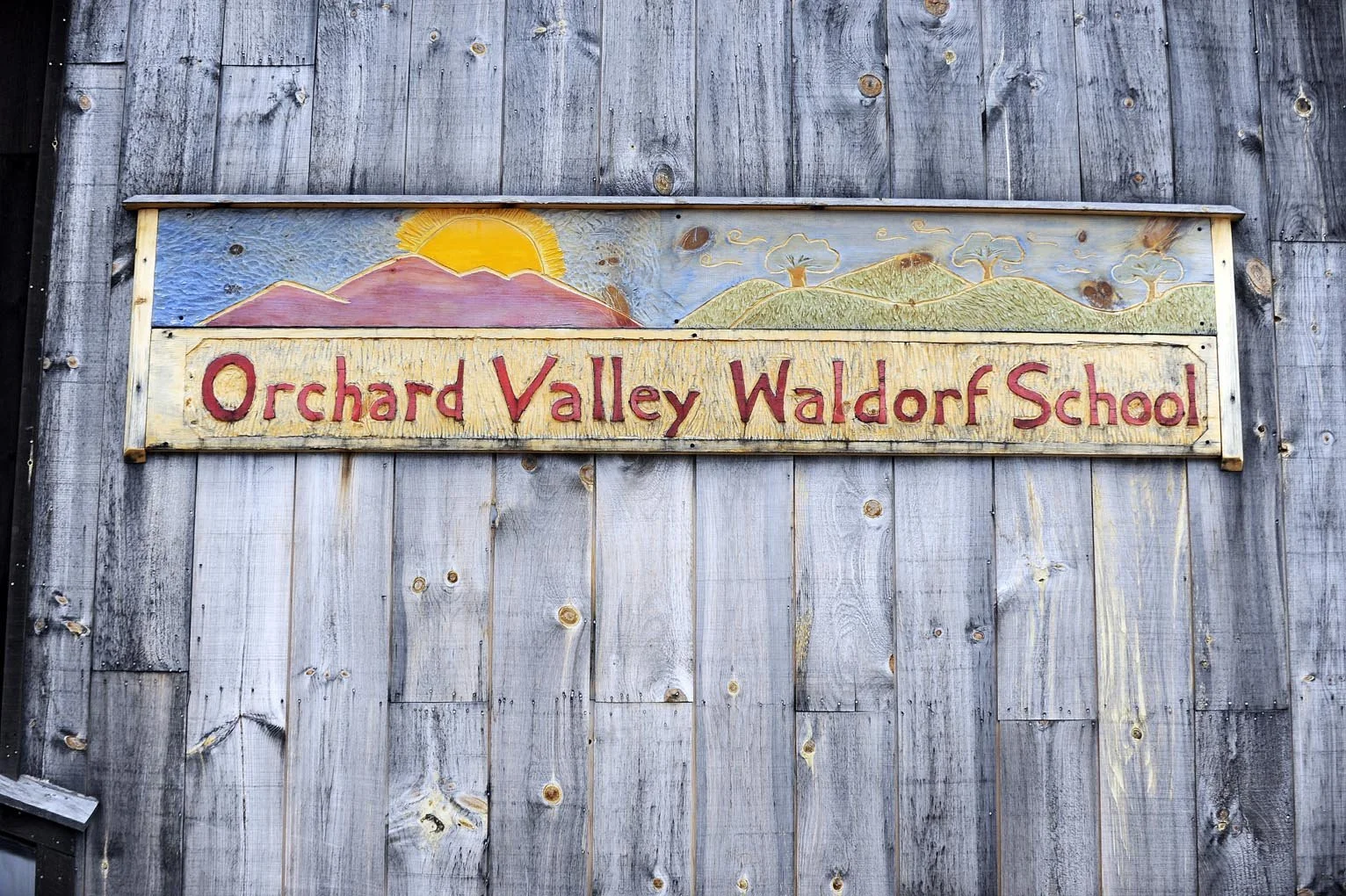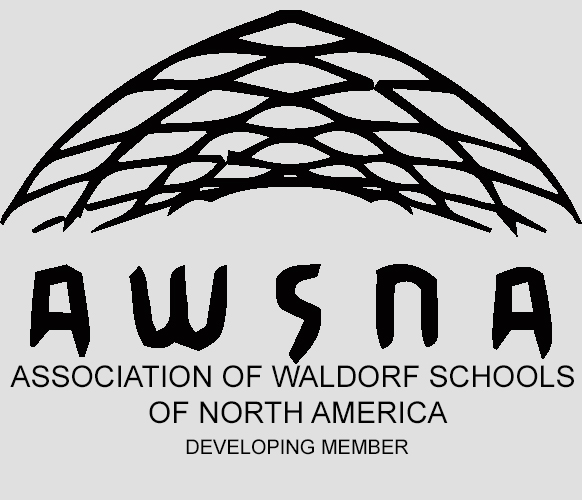From Farm and Forest Kindergarten Teacher, Lindsay Miles:
The Farm and Forest children have come through the winter where we warmed ourselves by fire, drank tea we made from the trees we visited in the forest, and found shelter from the very cold in the yurt. Now, they bask in the glory that is spring.
The cold winds and snowy land brought good work and big movements where the children shoveled, went sledding, and moved through campus covered in snow gear, wool socks, and the occasional toe and hand warmer.
Now that the weather has changed and the children are eager to shed their bulky layers to run free, we can see how much growth has happened for each and every child. Their pants are just a tad too short, the sleeves of their rain jackets just barely touch their wrists, and new shoes are arriving daily as their feet have grown out of the shoes they wore when they first began their days in Farm and Forest.
Spring time has brought a new connection with the earth. Where in winter it was a hard and often snowy ground when we began our morning circle with “Here is the Earth and here is the sky...,” now the earth has softened, and as we stomp our feet are greeted with warm mud and grass that is beginning to turn green. Our circles outside give us a chance to really experience the words we recite and the songs we sing. As we are “four little chickadees sitting in a tree, one flew away and then there were three” we can hear their call from the perch of our bird feeder. As we recite “in the heart of a seed buried deep so deep, a dear little plant lies fast asleep,” we can look over at our garden and truly see the seeds beginning to sprout.
The snowmen and snow-shoveled paths are being replaced with energetic cooperative games and creative and thoughtful creations. Some of our toys from inside the tepee have come outside for play in the sunshine. Potions are being made from mud, grass, and hay. Their airplane (a leaning tree) has them crawling up in their “seats” and traveling to the great lands of Africa and Dorchester, MA. Their building of their giant nest has begun, using grapevine we harvested from the southern Orchard. The children become beautiful birds with wreaths of feathers and wings of fallen branches.






